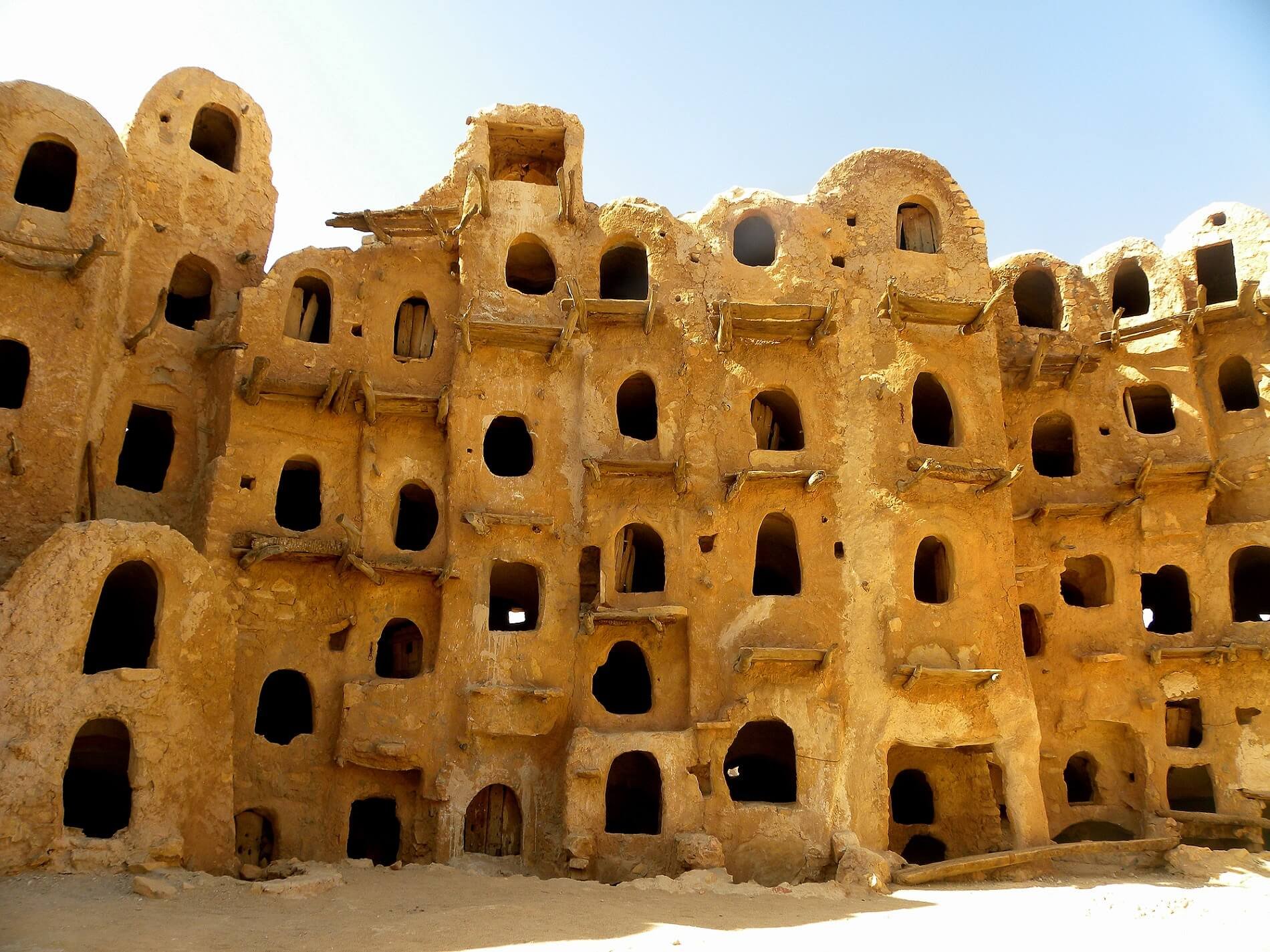Jalel Harchaoui has written a thoroughly researched and in-depth article for Lawfare exploring the monetary crisis facing Libya. Detailing the emergence of the crisis after 2011, the author suggests that rather than originating from a lack of physical security it is a “byproduct of a large government bureaucracy, unsustainable levels of welfare spending, and polarized governance”. In discussing a way out of the crisis Harchaoui argues:
Libya’s monetary crisis is a crisis of confidence and governance. This was vividly illustrated by the dinar’s continued slide against the dollar throughout 2017, despite the fact that public expenditures shrank and Libya’s National Oil Company (NOC) managed to double the amount of oil it produced between April and July last year. (The NOC funnels the dollar proceeds from all official sales of hydrocarbons into the CBL in Tripoli.) Irrespective of those fiscal improvements, the dinar has not rallied in the black market in 2017; instead, it has depreciated by 35 percent. Moreover, various electronic-payment applications have failed to make a dent into the banknote-shortage problem. Unity, in conjunction with clear communication and coordinated technocratic execution, are necessary to ameliorate the dinar crisis. Such measures are unlikely to be taken because of the politicized and fragmented nature of Libya’s Central Bank as it stands today. An even greater obstacle is corruption—in customs, law enforcement, politics, and across the banking system itself.
Click here to read the full article.

